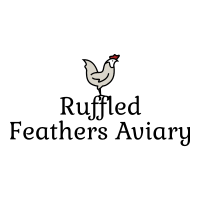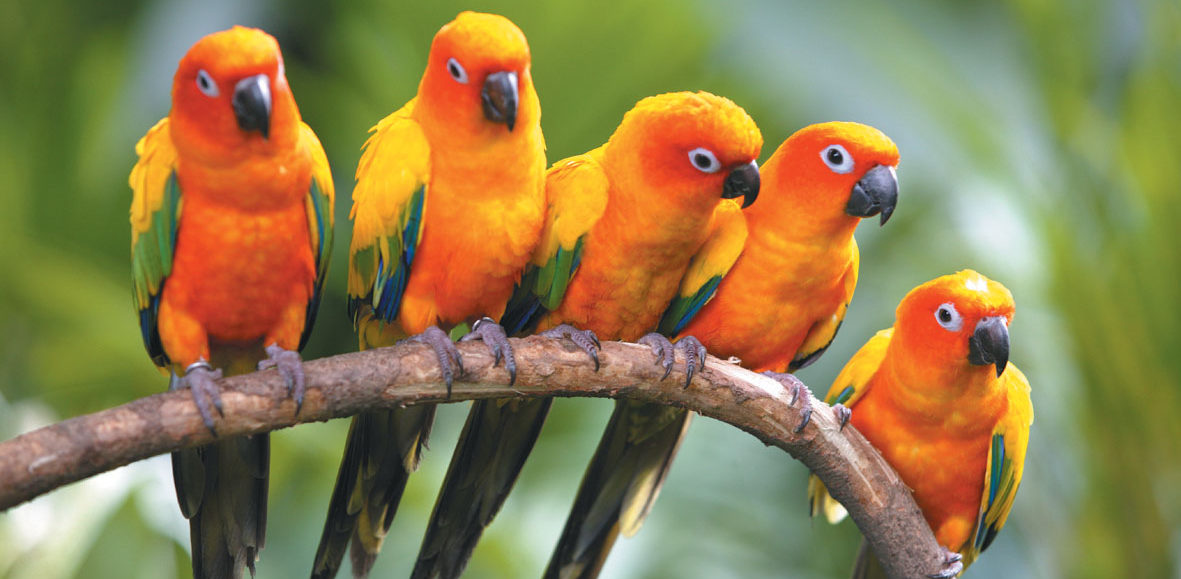 So you’ve decided to buy the best aquarium. You’ve chosen some colorful fish, decorated your tank with Greek columns and a little Spongebob Squarepants replica, but you’ve got a problem; algae. You’re cleaning the tank regularly and scraping the sides, but algae still seems to be taking over your tank. Algae eater is a name given to various fish, shrimp, and snails that-you guessed it-eat algae. It’s important to remember that algae eaters are living creatures that require the same attention you give to your other fish. Most aquarists agree that a combination of algae eating fish, snails, and shrimp is preferable to having just one type of algae eater because not all algae eaters eat the same algae. As always, make sure your algae eater is compatible with it’s tank mates and the tank environment.
So you’ve decided to buy the best aquarium. You’ve chosen some colorful fish, decorated your tank with Greek columns and a little Spongebob Squarepants replica, but you’ve got a problem; algae. You’re cleaning the tank regularly and scraping the sides, but algae still seems to be taking over your tank. Algae eater is a name given to various fish, shrimp, and snails that-you guessed it-eat algae. It’s important to remember that algae eaters are living creatures that require the same attention you give to your other fish. Most aquarists agree that a combination of algae eating fish, snails, and shrimp is preferable to having just one type of algae eater because not all algae eaters eat the same algae. As always, make sure your algae eater is compatible with it’s tank mates and the tank environment.
- Siamese Algae Eater
The Siamese algae eater is a hardy little fish that is best kept in a community tank with non-aggressive fish. The Siamese algae eater eats thread and brush algae, as well as pesky flatworms. A pair of Siamese algae eaters should be kept in a long tank of no less than 25 gallons. Siamese algae eaters require about a 77°F tank temperature and a pH balance of about 7. Siamese algae eaters are strong jumpers and require covers on their aquariums.
WARNING: Do not confuse the Siamese algae eater with the Chinese algae eater. Chinese algae eaters look like their Siamese cousins, but are more aggressive and only eat algae during youth.
- Amano Shrimp
Also known by it’s technical name, Caridina Multidentata, the amano shrimp is the best shrimp available for algae eating. The amano shrimp never grows larger than a couple inches and it’s best to house them in groups with small, placid fish. Amano shrimp are also useful because they eat excess food and other organic refuse that may fall to the bottom of the tank.
- Bristlenose Pleco
Bristlenose pleco’s are one of the most popular algae eater’s on the market. They can grow to about 5 inches so they should only be kept in large aquariums. In addition to eating the algae in your tank, the bristlenose pleco should be fed sinking algae tablets or blanched vegetables. They get along with most non-aggressive fish and should be kept in a 62-80°F tank. - Zebra Snails
Zebra snails are handy for their appetite for green spot algae and beard algae. They are also a very attractive addition to your tank, with their bright orange shells and zebra stripes. Zebra snails require a cover and prefer a pH balance lower than 7, since they need lime to keep their shells healthy. Be sure that your tank has a lid, or your zebra snails will escape. - Malaysian Trumpet Snail
The Malaysian trumpet snail is arguably the best algae eating snail for your aquarium. They eat algae, excess food, and dead plant material. The Malaysian trumpet snail is also praised for aerating the gravel of your aquarium. But be aware that these snails do multiply fast.
Resources:
Aquarium Algae Eaters
Zebra Nerite – Snail
Amano Shrimp
“/Blue Front Amazon/The Blue Front is one of the prettiest amazons, with their blue forehead, yellow crown, cheeks, and throat and red at the bend of the wing. They are like an artist’s palette of colors, the color is never exactly the same in each bird. Blue Front are amazing talkers and will learn long and extensive vocabularies. They love to sing, we have heard a pair that sang the most beautiful opera duet together! They are said to be among the three top talkers in the amazon family, slightly behind the yellow nape and double yellow head. /Ruffled Feathers Aviary/
At Ruffled Feathers Aviary, each handfed baby bird comes with a written health guarantee. All babies are closed banded.
We now offer Gift Certificates! Choosing a bird for another person can sometimes be a risky venture. This way your special someone can pick out exactly which bird he or she would like. And of course, through our photo albums they can see how their baby grows.
In addition, our birds come with free wing and toenail clipping for life. We have flexible payment plans; usually the only requirement is the bird is paid for by the time it is weaned.
We take great pride in our handfed babies, each one is lovingly raised in our home by experienced hand feeders and weaned onto a pelleted diet with an abundance of fresh foods. Our babies are acclimated to other birds, dogs and children. Check back on our site frequently and watch as our babies grow! We can ship to most international airports (USA only).
If you would like to be on the waiting list for a baby, please email us and let us know. Deposits are accepted once the baby is hatched. They are refunded if we do not come through with a healthy, friendly baby for you in a reasonable amount of time. Please note that deposits are non-refundable if you decide not to buy the bird.
We support the closed aviary concept. Although new owners coming to choose their baby bird and purchase one, and those who are waiting for their babies to come home are very much encouraged to come and visit them at any time, we are sorry but we are unable to do tours or open Ruffled Feathers Aviary to the general public for viewing. It’s in the best interest of our birds and protecting our customer’s birds that we do this.

